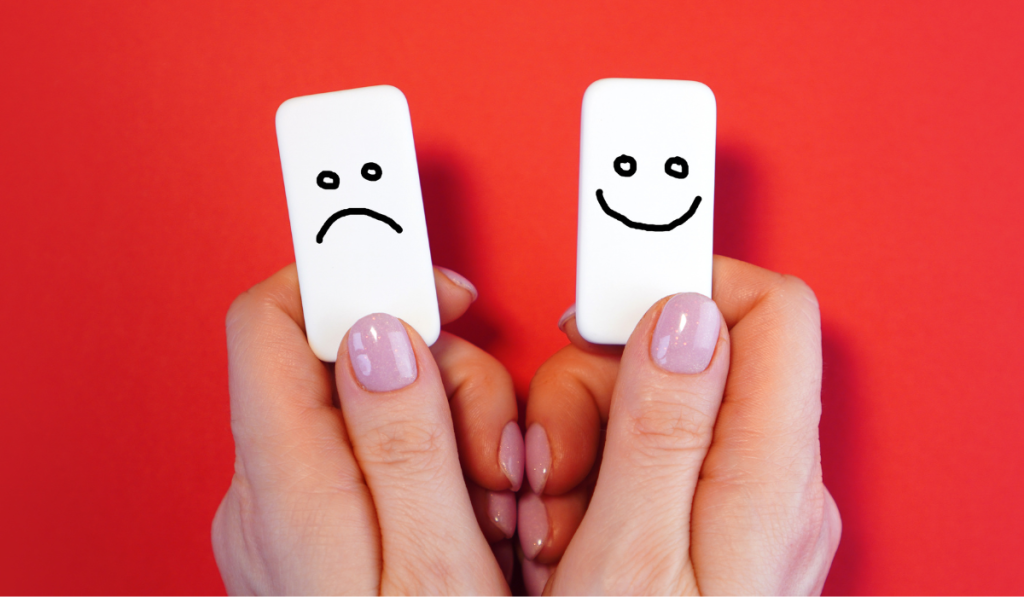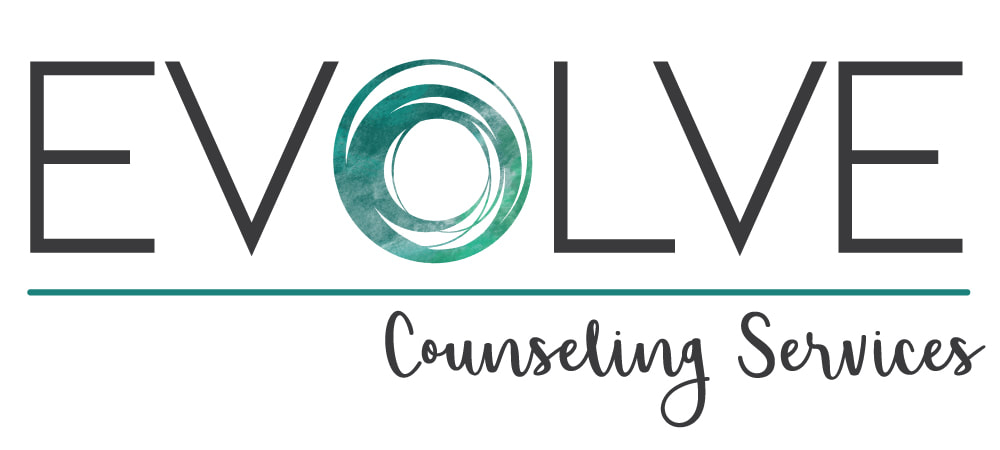
Finding Your Voice: Tips for Coming Out to Loved Ones
June 9, 2025
Learning to Love Yourself: The First Step Toward a Healthier, Happier Life
June 23, 2025
Mental health and mood disorders often come with a confusing rollercoaster of feelings. Emotions can feel unpredictable and overwhelming, from sudden irritability to long-lasting sadness or unexplained joy. That’s where mood tracking — or emotion tracking — can play a vital role. By monitoring daily emotions, individuals struggling with mental health challenges can identify patterns, triggers, and warning signs that provide deeper insight into their emotional well-being. Whether you’re managing depression, anxiety, bipolar disorder, or simply trying to be more self-aware, using tools like mood charts or an emotion tracker can be life-changing.
What is Mood or Emotion Tracking?
Mood or emotional tracking regularly records your emotions to observe patterns and better understand your mental health. The goal is to create a log of how you feel throughout the day or over time, usually alongside notes about your environment, thoughts, behaviors, and experiences.
This practice helps uncover emotional triggers—the specific events, thoughts, or behaviors that lead to particular emotional reactions. For people with mood disorders, being aware of these triggers can help manage symptoms and avoid or prepare for emotional highs or lows.
Mood tracking doesn’t require complex tools or technical know-how. At its core, it’s simply about noticing and recording how you feel. However, the insights that come from consistent tracking can be profound.
When Should You Track Your Mood?
Knowing when to track your mood is as important as the act of monitoring itself. Ideally, you should log your emotions at least once a day, but there is no one-size-fits-all schedule. Here are a few strategies:
- Morning and Night: Record your mood first thing in the morning and again before bed. This can help identify how your emotions evolve throughout the day.
- After Emotional Events: Track your mood after arguments, stressful situations, exciting news, or significant life events to observe how these experiences impact you.
- During Therapy: Share your mood tracking results with a mental health professional to enhance your therapy sessions.
- During Symptom Flare-Ups: If you notice warning signs of a mental health episode, such as changes in sleep or appetite loss, increase your tracking frequency.
Ultimately, the best time to track your emotions is whenever it feels most helpful and sustainable for you.
How to Track Your Mood
There are countless ways to begin mood or emotion tracking — from simple paper methods to sophisticated digital apps. Here are some common mood tracker examples:
1. Mood Journals
Writing down how you feel each day, along with any significant events, thoughts, or behaviors, helps contextualize your emotions. Journals can include descriptions like “anxious,” “excited,” or “angry,” and even a rating system from 1 to 10 to measure the intensity.
2. Mood Charts
Mood charts are visual tools that often include daily columns where you can shade in a color to represent your emotional state. For example, red represents anger, blue represents sadness, yellow represents happiness, and so on. These are particularly helpful for individuals who prefer to see data presented over time.
3. Emotion Tracker Apps
Apps such as Daylio, Moodpath, or Moodnotes offer user-friendly ways to log your mood throughout the day. Most include mood labels, icons, and even space for journaling or tagging activities, such as eating, sleeping, or socializing.
4. Bullet Journals
Bullet journals often include mood tracker examples, such as circular trackers, bar graphs, or mandalas, where each section or line represents a day or part of the day. They’re fully customizable, combining creativity with functionality.
5. Spreadsheets
For data-oriented individuals, creating a spreadsheet to track moods over time can facilitate customized graphs and trend analysis.
What Moods Should You Track?
There are countless moods to track, but keeping it simple and consistent is key. Start with a basic list and expand it as needed:
- Happy
- Sad
- Anxious
- Angry
- Irritable
- Energetic
- Tired
- Hopeful
- Numb
You can also add custom emotions or use emotion wheels (which categorize emotions in a more nuanced way) to expand your vocabulary around how you feel.
What Mood Tracking Tells You
After a few weeks of emotion tracking, you’ll see patterns that reveal your emotional triggers and responses. For example:
- Do you feel more anxious after poor sleep?
- Does social interaction boost your mood?
- Are weekends harder for you than weekdays?
- Is your mood consistently low after a specific type of activity?
These insights can inform essential life changes, such as adjusting your sleep schedule, modifying social habits, or consulting a therapist about medication or treatment options.
For people living with bipolar disorder, consistent mood tracking can help detect early signs of mania or depression. For those with anxiety or depression, it can be a grounding tool to identify small wins or recurring struggles. Most importantly, it makes mental health visible, often the first step toward healing.
Reaching Your Mood Trackers and Staying Consistent
Consistency is key with mood tracking. Here are a few tips to help maintain the habit:
- Set Reminders: Use phone alarms or app notifications to remind you to track.
- Keep It Simple: Start small. You don’t need to log every emotion; one or two daily entries are a great start.
- Reflect Weekly: Take time each week to review your mood charts or entries. What patterns are emerging?
- Pair It with Self-Care: Use it as a nightly wind-down routine, paired with a cup of tea or a short meditation.
- Involve a Therapist: Share your tracking logs with a therapist who can help interpret patterns and guide you toward healthy coping strategies.
Start Your Mood Tracking Journey Today
Emotion tracking may seem insignificant, but its power lies in the awareness it fosters. By gaining a deeper understanding of your emotional landscape, you take a proactive step toward managing your mental health. Whether through a colorful mood chart, a reflective journal, or a user-friendly app, mood tracking can guide you to recognize triggers, respond more effectively to your emotions, and ultimately foster emotional stability and wellness.
_________________________________________________________________________________
Looking for treatment for an eating disorder, anxiety, depression, trauma, or postpartum mood disorder?
Evolve Counseling Services is a specialized team of Licensed Therapists providing treatment in Paoli.



